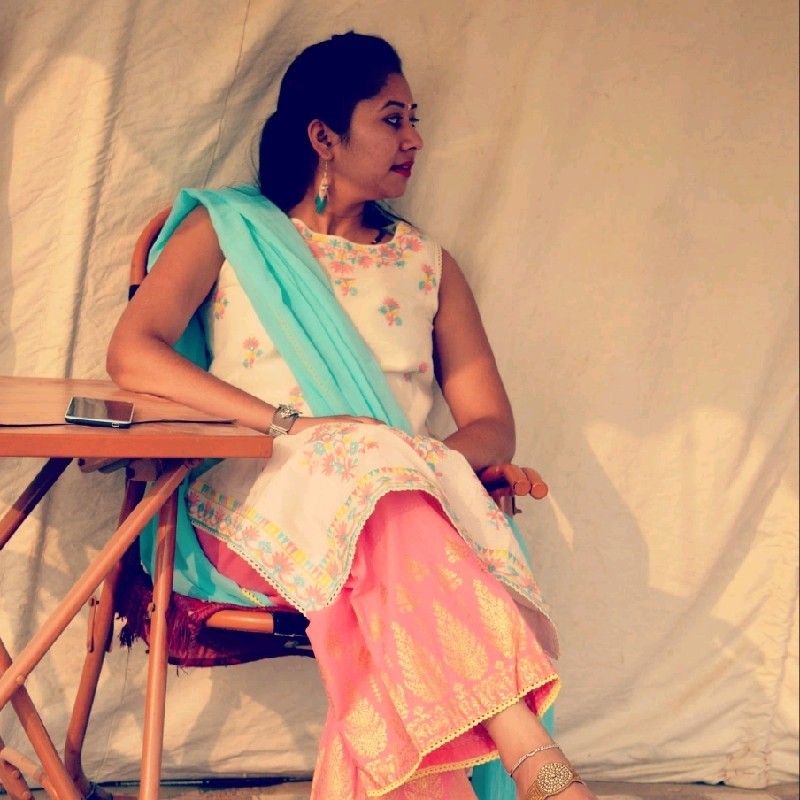Effective Treatments for Figure-Ground Perception Disorders
Treatment Options for Figure-Ground Perception Disorders
Figure-ground perception is crucial for how we see and interpret the world around us. It allows us to distinguish objects (the figure) from their background (the ground). However, some individuals struggle with this skill, leading to challenges in daily activities. This blog will explore various treatment options and therapeutic approaches available for those experiencing figure-ground perception disorders.
Understanding Figure-Ground Perception Disorders
Before diving into treatment options, let's clarify what figure-ground perception disorders are. These disorders can affect a person’s ability to differentiate between an object and its background. This difficulty can lead to confusion in environments with busy patterns or numerous visual stimuli.
Therapeutic Approaches
There are several therapeutic approaches for treating figure-ground perception disorders. Here are some of the most common:
1. Occupational Therapy
- Focus: Occupational therapists work with individuals to improve their daily living skills. They often employ activities that enhance visual perception.
- Techniques: This may include sorting objects by color or shape, using contrasting colors, and engaging in games that require visual discrimination.
- Real-Life Example: An occupational therapist might have a child play a game where they find hidden objects in a picture, gradually increasing the complexity of the images.
2. Vision Therapy
- Focus: Vision therapy is a structured program designed to improve visual skills, including figure-ground perception.
- Techniques: Activities may include using specialized lenses, prisms, and computer programs that train the brain to better process visual information.
- Real-Life Example: A patient may work on exercises that require them to identify shapes or letters within a cluttered background on a computer screen.
3. Cognitive Behavioral Therapy (CBT)
- Focus: While CBT primarily addresses emotional and behavioral issues, it can also help individuals cope with the challenges of visual processing disorders.
- Techniques: CBT may involve teaching coping strategies and problem-solving skills that help individuals manage their reactions to environmental stimuli.
- Real-Life Example: A person might learn to use specific techniques to focus their attention when in crowded places, reducing anxiety and improving their engagement with their surroundings.
4. Sensory Integration Therapy
- Focus: This therapy aims to help individuals process sensory information more effectively.
- Techniques: Activities may include exposure to various textures, sounds, and visual patterns to help the brain learn to filter out unnecessary information.
- Real-Life Example: A therapist may create a sensory-rich environment where the patient can practice focusing on specific tasks amidst distractions.
Types of Interventions
In addition to the therapeutic approaches, there are specific interventions tailored to improve figure-ground perception:
A. Visual Scanning Training
- Objective: To enhance the ability to search and locate objects in a busy visual field.
- Method: Individuals practice moving their eyes systematically across a visual space to find hidden items.
B. Contrast Enhancement Techniques
- Objective: To make objects stand out against their background.
- Method: Using colored overlays or backgrounds that increase the contrast of the target objects.
C. Environmental Modifications
- Objective: To create spaces that are easier to navigate visually.
- Method: Simplifying environments, using labels in high-contrast colors, and reducing clutter.
Conclusion
While navigating figure-ground perception disorders can be challenging, various treatment options and therapeutic approaches are available. From occupational therapy to specialized vision programs, these interventions can significantly enhance an individual's ability to process visual information effectively. Each person's journey will be unique, and finding the right combination of therapies can lead to improved daily functioning and quality of life.

